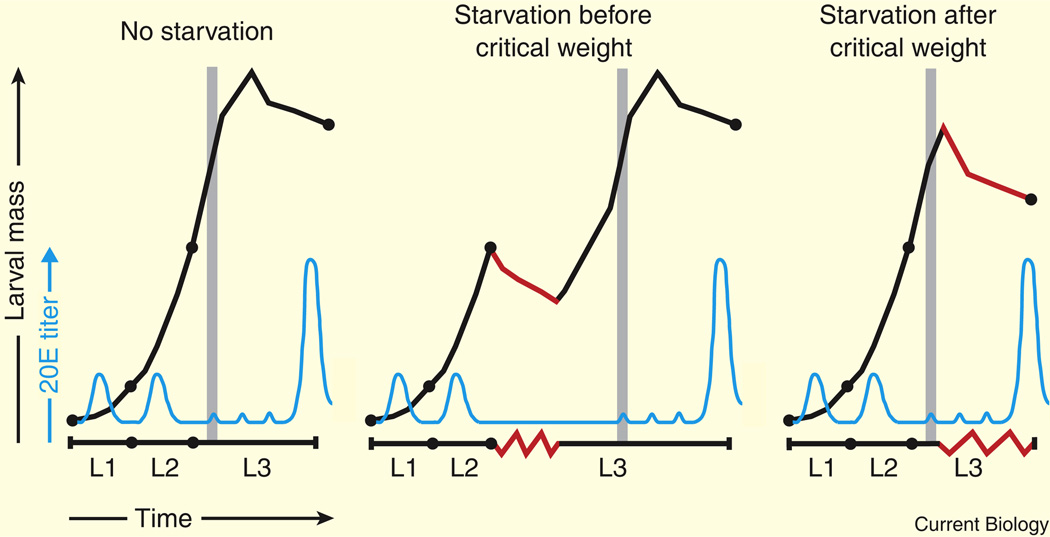Figure 1. A schematic representation of Drosophila larval growth and development.
Drosophila larvae experience exponential growth (black line) as they develop through three distinct larval instars (L1, L2, and L3). Pulses of 20E (blue line) direct progression through the larval molts. The critical weight checkpoint (grey vertical line) occurs near the L2–L3 molt. A series of low-titer 20E pulses occur at ~8, 20, and 28 h after the L2–L3 molt, followed by a high-titer 20E pulse at the end of L3 that triggers puparium formation [7]. If an animal is starved (red lines) prior to the attainment of critical weight, development stalls until the larva finds a new food source, but final body size is unaffected. After critical weight is achieved, starvation inhibits growth but no longer affects developmental progression, resulting in a significantly smaller final body size.

